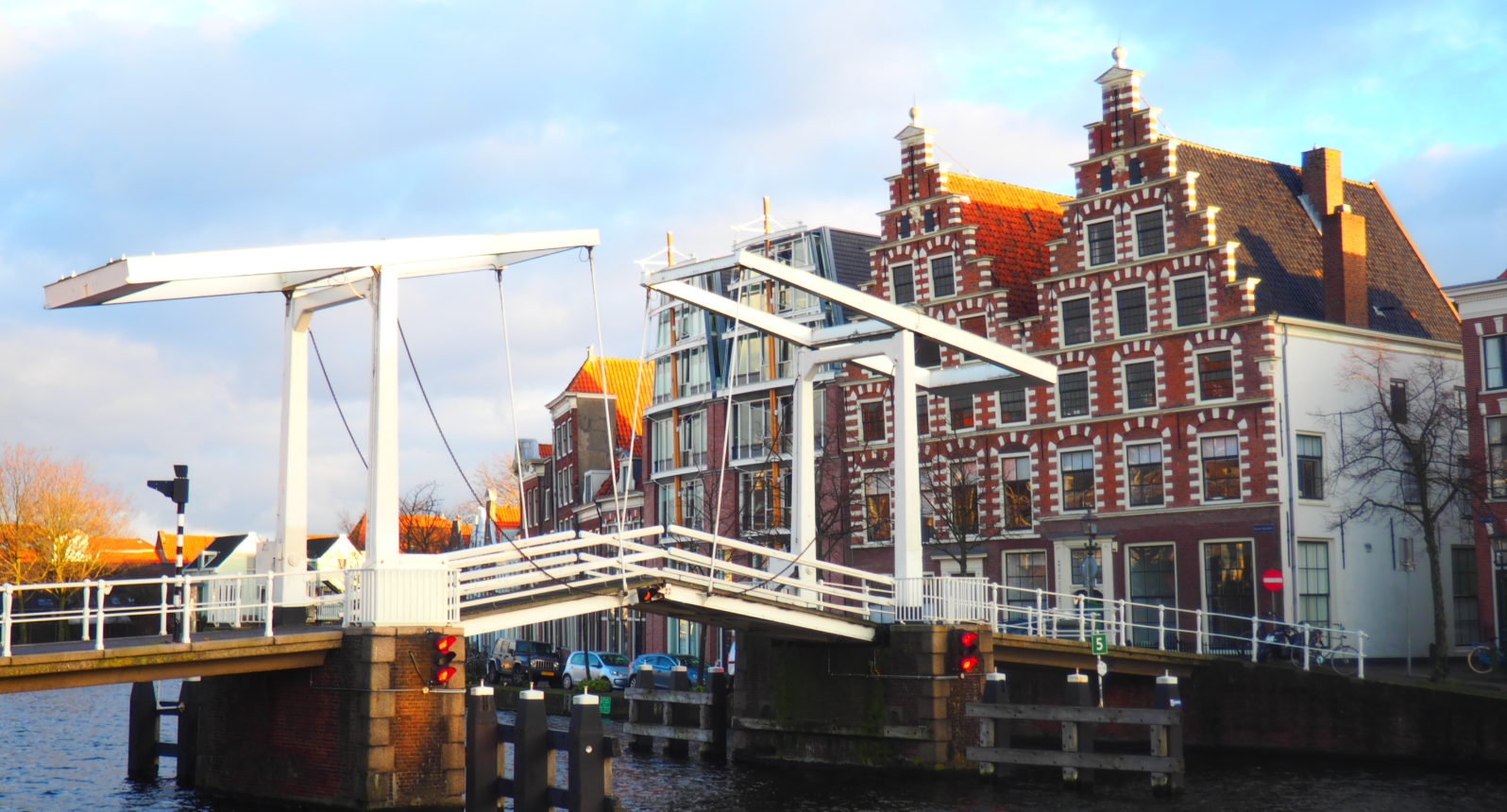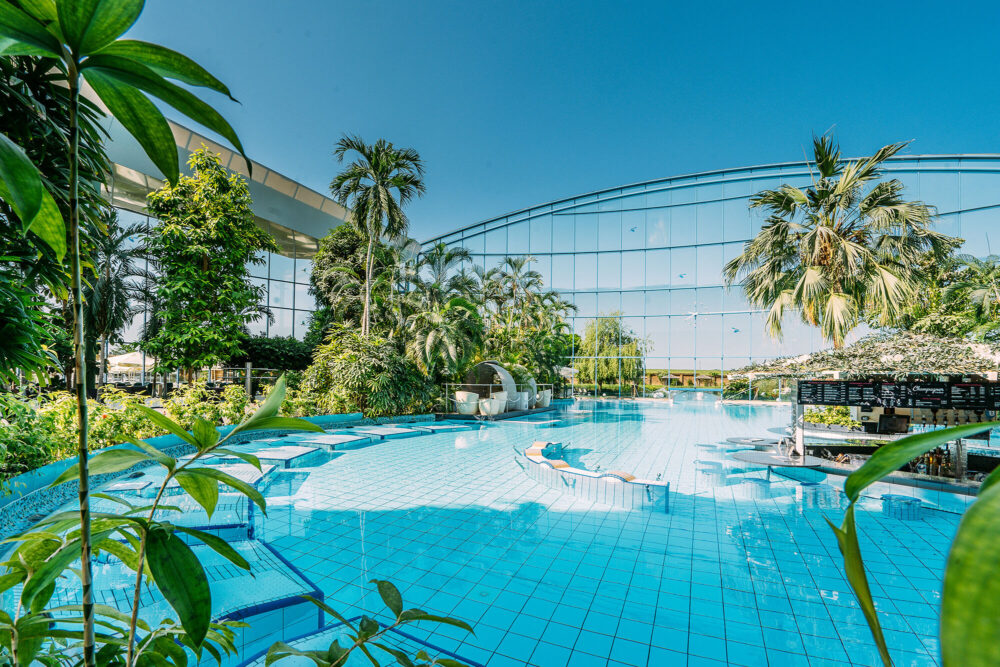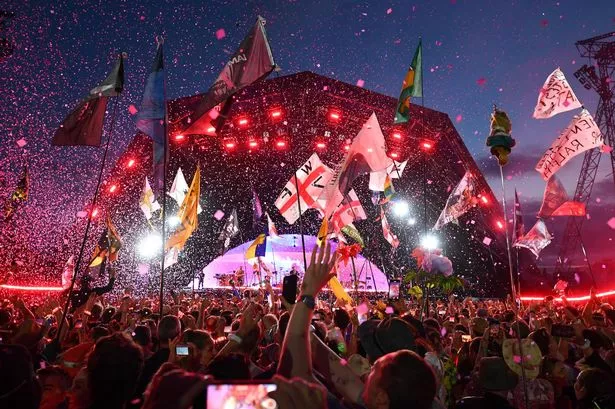John Low thoroughly enjoyed a trip to Haarlem, one of Holland’s most beautiful cities
If you have ever visited Amsterdam and marvelled at the buildings, canals and museums but found it, well, a bit hectic then Haarlem awaits you.
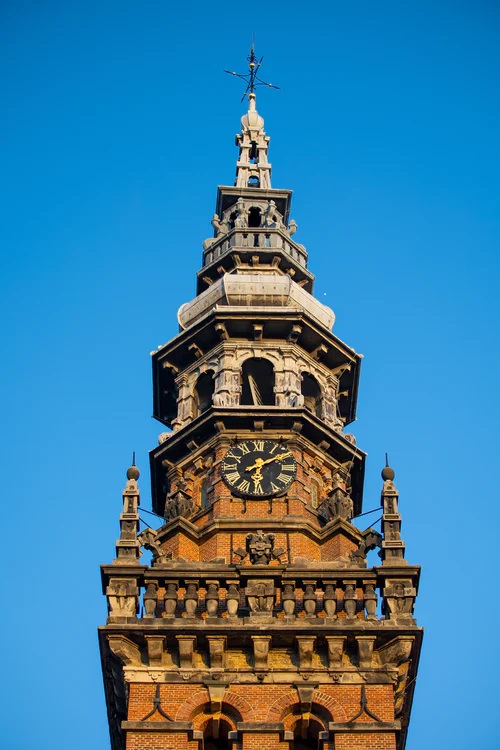
It is little more than a 20-minute train journey from Amsterdam and is acknowledged as one of the most beautiful cities in the Netherlands with countless brick gabled buildings, and cobbled laneways, all leading to the stunning city centre with the stand-out set piece being the Grote Markt, a square studded with edifices embracing the best of Dutch architecture over the last four hundred years.
Notable buildings include St Bavos Church, the medieval city hall complex and the Vleeshal (Meat Hall), a former slaughter house with an arresting red brick façade.
The gothic St. Bavos Church is the star attraction of the Grote Markt, whose elaborately ornamented spire juts 249 feet into the sky. Inside, one of the notable features of the church is the silver Müller pipe organ that was once played by Mozart. The floor is made up of nearly 1,500 gravestones, marking tombs below, including that of Frans Hals.
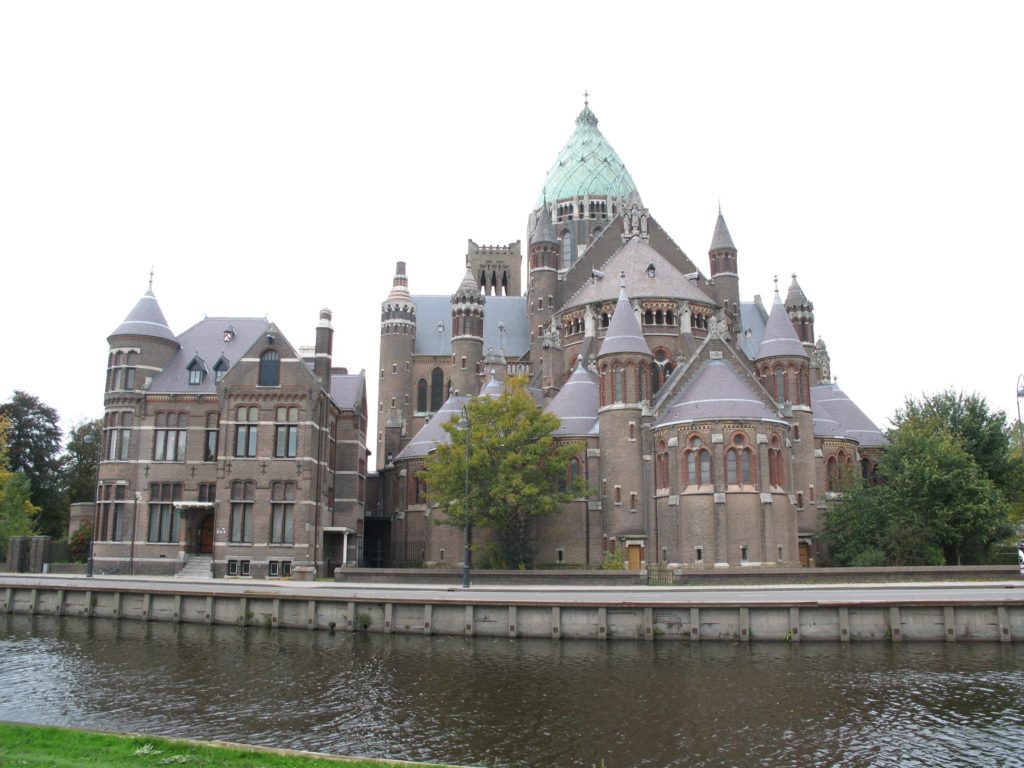
St. Bavos Church (31-23-553-2040; www.bavo.nl) can be visited from 10 a.m. to 5 p.m. daily (summer Sunday services, 10 a.m. and 7 p.m.); admission €2.
Try to visit on a Saturday when it becomes what is acknowledged as the Netherlands finest street market, featuring numerous food stalls; try the pickled herring roll with onions – delicious!
Haarlem has been called ‘Amsterdam in miniature’ but that’s doing it a disservice as it has its own character and charm with the added bonus that you could – and who would want to? – take in most of the major attractions in a day.
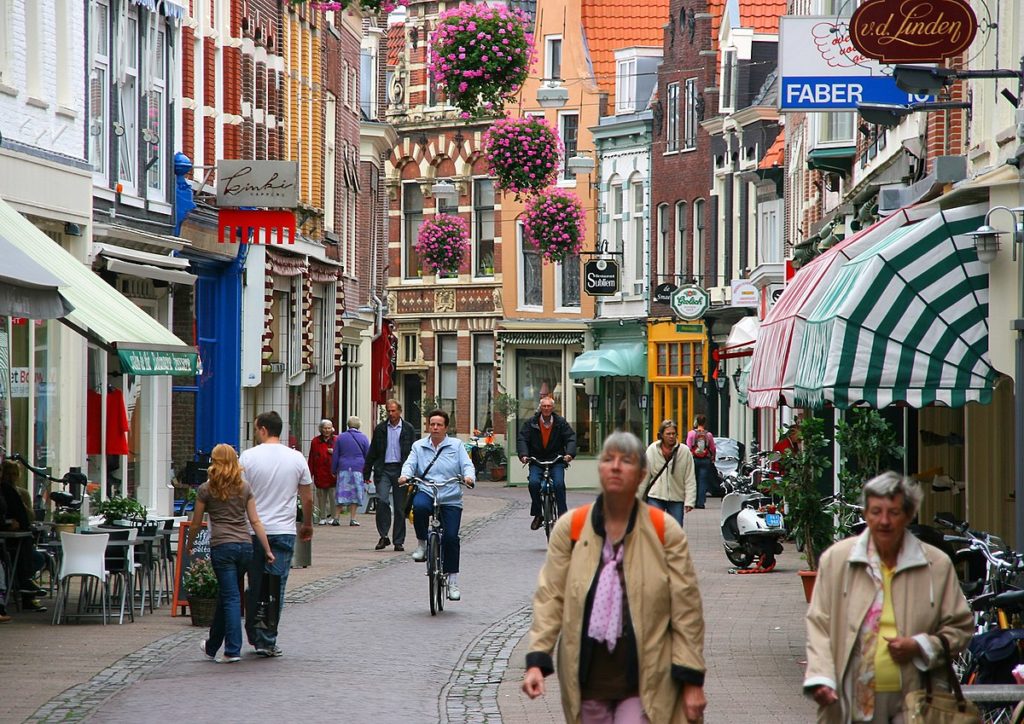
The pace here is much more comfortable than in Amsterdam and you don’t risk being trampled by the masses. But watch the bikes! The Dutch are enthusiastic cyclists and none more so than the Haarlemmers, and the streets echo to the sound of ringing bells as riders come at you from all directions. You quickly get used to it, though, once you ensure you’re not walking on a bike lane.
But overall it is a pedestrian-friendly city with cars banned from most of the most popular centre streets which allows you to enjoy the huge variety of independent shops and cool concept stores in the characteristic side lanes, offering everything from children’s clothes, books, vintage outfits and furniture, artisan foods, trendy art and design outfits and much more.
In fact, Haarlem has been voted the best shopping city in the Netherlands with big brands to independent labels, as well as charming antique and curiosity shops around every corner; it’s no wonder that Haarlemmers call their shopping district ‘de Gouden Straatjes’ (streets of gold). And it’s nice to know that you are never far from fine bars, restaurants and cafes as well as coffee shops, some where customers puff away on exotic smelling cigarettes.
Haarlem is a walkers’ delight and you can follow a number of themed treks around the city (leaflets available in the Tourist Office and most hotels). Three of the more interesting take in the Haarlem monuments, hidden green oases, and ‘Bavo to Bavo’ which is a walk between two of the most important churches in the city.
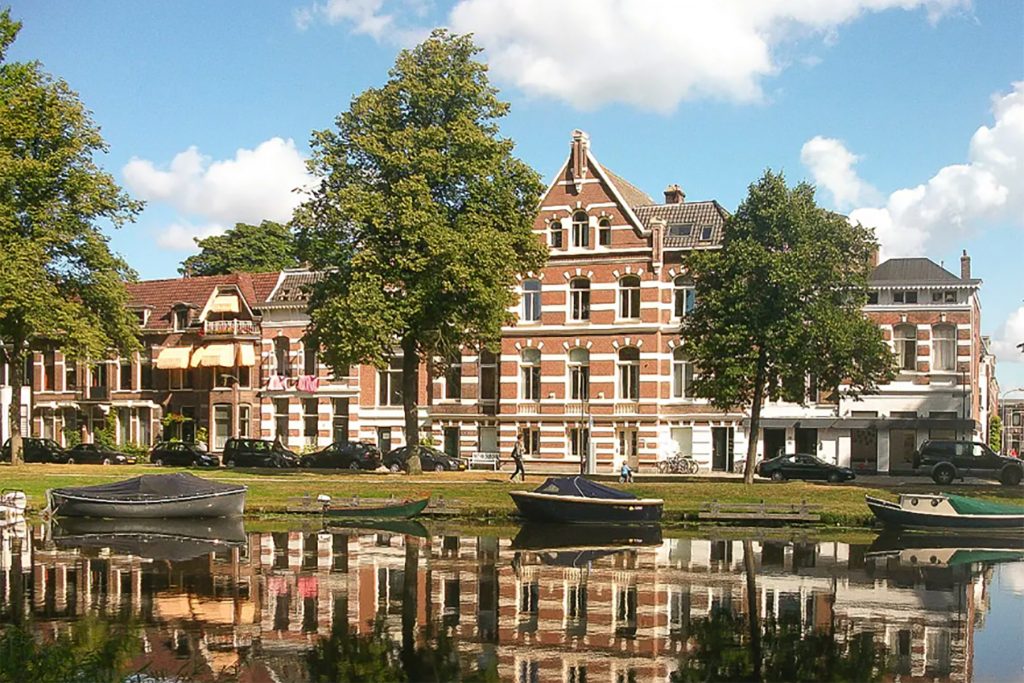
The monuments tour includes 16 landmarks, and depending on your speed and how long you want to spend in each location, can take from two hours up to half a day. It starts symbolically at the Grote Markt and the City Hall (incidentally the Tourist Office is inside), and includes the Frans Hals Museum, Haarlem’s first department built in 1899 in a splendid Arts and Crafts style, Teylers Museum, the magnificent Gravestenenbrug drawbridge, before returning to the Grote Markt and the Meat Hall, ending at St Bavo’s church.
The Hidden Oases walk showcases the numerous ‘green’ areas around Haarlem which are one of the outstanding features of the city. Once again it starts at the Grote Markt and includes the gardens of alms houses and takes you along concealed retreats revealing stunning courtyards. Most of the alms houses date back to the 12th century and display a variety of attractive architectural styles. But, less formally, if you deter from many of the main thoroughfares, you will also discover ‘green’ side streets, courtesy of the residents, vibrant with imaginative and colourful planting, and quirky sculptures, installations and street furniture.
The From Bavo to Bavo walk bookends St Bavo’s Church in the Grote Markt and the catholic Kathedrale Basiliek St Bavo, a remarkable building whose architectural lineage is a combination of romanesque and early gothic, with elements of art nouveau. Along the way is Opener, a former church where Haarlem’s Open beer is brewed. Well worth a visit to try the various beers as well as admiring the interior. Other notable stops include Niue Kirk (New Church) characterised by a striking 17th century tower, and the Stadsschouwburg (Municipal Theatre).
Frans Hals Museum
One of the cultural highlights of Haarlem, the museum is housed in a most attractive building originally constructed as an alms house for old men and is named after Frans Hals who lived and worked in Haarlem and was one of the most influential painters of what is known as the Golden Age.
The museum houses the largest collection of the artist’s paintings in the world which include huge group canvasses depicting the great and the good of the various civic guilds, revealing portraits and self-portraits, still lives, and landscapes.
You can admire the vibrant, loose brushstroke treatment of Hals’ works which are a million miles from many of the stuffy efforts of his lesser contemporaries, particularly in some of the tavern scenes where often the subjects are decidedly worse for wear,
Chronologically the collection includes religious triptychs from the early sixteenth century right through to still lives from the end of the century by acknowledged masters such as the remarkable Jacob van Ruysdael,
You can easily spend half a day here, and if the weather is kind there’s a splendid courtyard adorned with box hedges and ornamental trees. Or if you wish you can relax in the pleasant café.
Frans Halsmuseum (Groot Heiligland 62; 31-23-511-5775; www.franshalsmuseum.nl) is open 11 a.m. to 5 p.m. Tuesday to Saturday, and from noon to 5 p.m. on Sunday. General admission, €7.50.
Teylers Museum
The Teylers Museum is the oldest museum in the Netherlands and it is a true treasure trove, located on the bank of the River Spaarne which runs across the city.
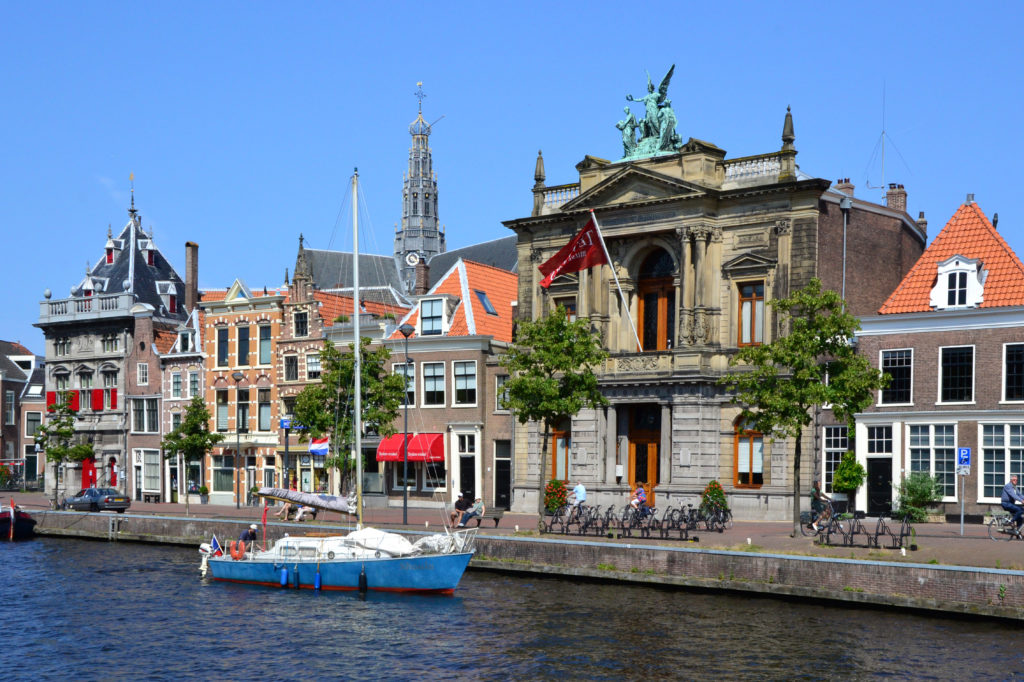
The initial impression is not promising as you are confronted with displays of fossils and bones, but persevere and what’s to come will knock your socks off. Because the museum houses the collection of wealthy industrialist Pieter Teyler, there is no ‘theme’ to what’s on view as ancient artefacts rub shoulders with prints and drawings – including works by Michelangelo, Rembrandt and Watteau–, scientific instruments, rare books, coins and medals and much more. The items range from the weird to the urbane. There are skeletons, tusks, crystals and scientific inventions, many displayed in the light-filled Oval Room.
Teylers Museum (Spaarne 16; 31-23-516-0960; www.teylersmuseum.nl) is open 10 a.m. to 5 p.m. Tuesday to Saturday, and noon to 5 p.m. on Sunday; admission €7.
The Corrie Ten Boom House
Unlike Anne Frank’s house in Amsterdam you won’t have to wait for hours to look around this house. During World War II, the Ten Boom family provided a hiding place for Jewish people and members of the resistance in their home on Haarlem’s Barteljorisstraat. The family was betrayed, imprisoned and deported to concentration camps – only Corrie survived, wrote 22 books about her experiences and died in 1983 on her 91st birthday.
Her house is now a museum, the majority recreated to how it would have looked in the 1940s. Visitors to the Corrie Ten Boomhuis can view the hiding place located behind a fake wall in her bedroom, used to conceal Jewish people in hiding and others on the run from the Nazis.
Corrie Ten Boom Museum (Barteljorisstraat 19; 31-23-531-0823; www.corrietenboom.com) has free tours from 10 a.m. to 3:30 p.m. Tuesday to Saturday.
Close to the beach
If you want to a break from sight-seeing and feel the wind in your hair, the coastal town of Zandvoort is close. Or if you are to up to it you might want to try a cycle ride – cycles for hire all over the city – through kilometres of wild dunes. You might even spot some highland cattle as you travel the winding cycle paths. In the summer months Zandvoort throbs with activity, while in the winter it is popular with walkers.
Haarlem is at the centre of the Dutch flower-growing district and is a main export point for flower bulbs. The famous Keukenhof Gardens and flower fields of Lisse and Hillegom are nearby. It is also very close to historic Leiden, the cheese markets of Alkmaar and an hour from The Hague. This makes Haarlem an excellent base when exploring North and South Holland
GETTING THERE
Ryanair and Aer Lingus and KLM fly from Dublin to Amsterdam.
You can take one of the frequent trains from Amsterdam Schiphol Airport to Haarlem and the journey takes around 20 minutes, costing around €10. You can also take the 300 bus from the airport and the journey takes 30-40 minutes, costing around €5. A taxi will cost you around €60. Buses stop outside Haarlem railway station and it is then a ten-minute walk to the historic centre or you can get a taxi for about €7.
WHERE TO STAY
I stayed at the very central Amrath Grand Hotel Frans Hals which is literally a stone’s throw from the Grote Markt square. This is a four-star establishment, with incredibly friendly staff and reasonable prices.
Tel: 031 23 5181818. Email: [email protected]
MORE INFORMATION
VVV Haarlem is the tourist body which will answer all your queries about the city, where to stay, where to eat, places to visit etc.
Tel: 031 235317325. Email: [email protected]
Visithaarlem.nl
John Low is editor of Senior Times magazine

